QuantX Labs and SmartSat CRC accelerate the development of an orbiting space clock
Tuesday, 03 May 2022 04:10 SmartSAT CRC today announced $1 million to assist QuantX Labs in the development of its optical atomic clock satellite payload that will deliver the heart of a future Australian sovereign navigation and timing capability. This partnership will accelerate the space-qualification and commercialisation of a new type of atomic clock.
QuantX's clock delivers a quantum leap in timing performance
SmartSAT CRC today announced $1 million to assist QuantX Labs in the development of its optical atomic clock satellite payload that will deliver the heart of a future Australian sovereign navigation and timing capability. This partnership will accelerate the space-qualification and commercialisation of a new type of atomic clock.
QuantX's clock delivers a quantum leap in timing performance WVU scientists take on pioneering space weather research and forecasting project
Tuesday, 03 May 2022 04:10 A cross-disciplinary team of researchers from West Virginia University are undertaking a pioneering project in space weather research to improve modeling and forecasting of space weather to safeguard satellites in orbit and infrastructure on Earth.
Space weather is a relatively unexplored phenomenon that is caused by large bursts of particles released by the sun. The unusually strong burst
A cross-disciplinary team of researchers from West Virginia University are undertaking a pioneering project in space weather research to improve modeling and forecasting of space weather to safeguard satellites in orbit and infrastructure on Earth.
Space weather is a relatively unexplored phenomenon that is caused by large bursts of particles released by the sun. The unusually strong burst New technique to discover brightest radio pulsars outside our own galaxy
Tuesday, 03 May 2022 04:10 When a star explodes and dies in a supernova, it takes on a new life of sorts.
Pulsars are the extremely rapidly rotating objects left over after massive stars have exhausted their fuel supply. They are extremely dense, with a mass similar to the Sun crammed into a region the size of Sydney.
Pulsars emit beams of radio waves from their poles. As those beams sweep across Earth, we can
When a star explodes and dies in a supernova, it takes on a new life of sorts.
Pulsars are the extremely rapidly rotating objects left over after massive stars have exhausted their fuel supply. They are extremely dense, with a mass similar to the Sun crammed into a region the size of Sydney.
Pulsars emit beams of radio waves from their poles. As those beams sweep across Earth, we can Cosmic Shielding to test Plasteel radiation shielding aboard Space Forge satellite
Tuesday, 03 May 2022 04:10 Cosmic Shielding Corporation (Cosmic Shielding), the leading space radiation management company and creator of Plasteel technology, today announced an agreement with European in-space manufacturing tech start-up Space Forge to test Cosmic Shielding's radiation shielding technology aboard Space Forge's new small class vehicle. The ForgeStar-0 will be launching on Virgin Orbit's LauncherOne this S
Cosmic Shielding Corporation (Cosmic Shielding), the leading space radiation management company and creator of Plasteel technology, today announced an agreement with European in-space manufacturing tech start-up Space Forge to test Cosmic Shielding's radiation shielding technology aboard Space Forge's new small class vehicle. The ForgeStar-0 will be launching on Virgin Orbit's LauncherOne this S FCC grants experimental license to AST SpaceMobile for BlueWalker 3 cell phone tests
Tuesday, 03 May 2022 04:10 AST SpaceMobile, Inc. (NASDAQ: ASTS), the company building the first and only space-based cellular broadband network designed to be accessible directly by standard mobile phones, today announced it has received an experimental license from the Federal Communications Commission (FCC) supporting its U.S.-based testing of the BlueWalker 3 satellite.
The license covers BlueWalker 3 space-to-ground
AST SpaceMobile, Inc. (NASDAQ: ASTS), the company building the first and only space-based cellular broadband network designed to be accessible directly by standard mobile phones, today announced it has received an experimental license from the Federal Communications Commission (FCC) supporting its U.S.-based testing of the BlueWalker 3 satellite.
The license covers BlueWalker 3 space-to-ground Rocket Lab launches smallsats, catches but drops booster
Monday, 02 May 2022 23:21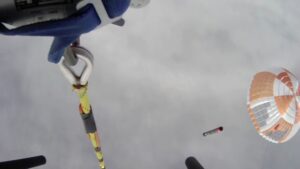
Rocket Lab declared success in its effort to catch an Electron booster in midair after launch May 2, even though the helicopter had to release the booster moments later.
The post Rocket Lab launches smallsats, catches but drops booster appeared first on SpaceNews.
Space Force selects 125 industry proposals for on-orbit servicing technologies
Monday, 02 May 2022 22:50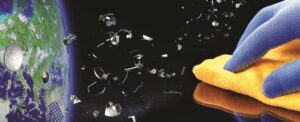
SpaceWERX selected 125 industry teams for the initial phase of the Orbital Prime program, an effort to develop technologies for orbital debris removal and other space services.
The post Space Force selects 125 industry proposals for on-orbit servicing technologies appeared first on SpaceNews.
‘Mounting evidence’ shows need for Starlink Gen 2 environmental review, says Viasat
Monday, 02 May 2022 22:05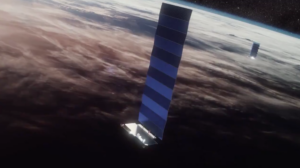
Evidence is mounting of a need to perform an environmental review before approving SpaceX’s plans to add nearly 30,000 satellites to its Starlink constellation, satellite broadband competitor Viasat told the FCC May 2.
Calvelli to assume duties as U.S. Air Force’s space acquisition executive
Monday, 02 May 2022 19:20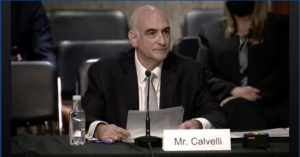
After being confirmed by the Senate, Frank Calvelli will be sworn in as assistant secretary of the Air Force for space acquisition and integration
The post Calvelli to assume duties as U.S.
China is building an asteroid deflection mission of its own, due for launch in 2025
Monday, 02 May 2022 15:50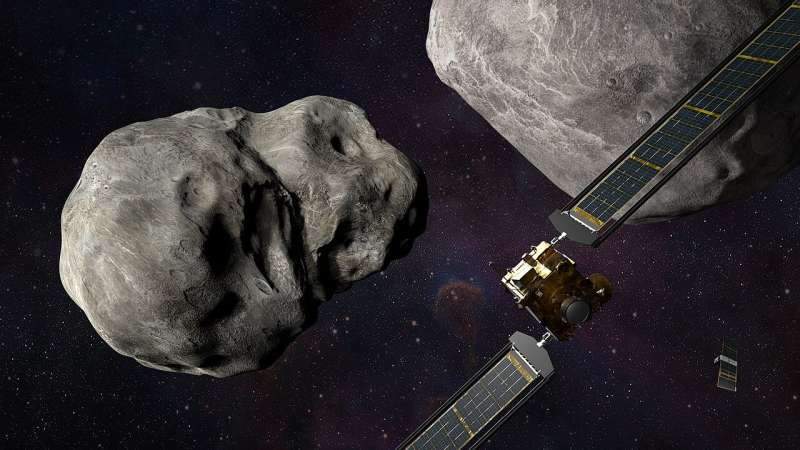
There's an old joke that the dinosaurs are only extinct because they didn't develop a space agency. The implication, of course, is that unlike our reptilian ancestors, we humans might be able to save ourselves from an impending asteroid strike on Earth, given our six-and-a-half decades of spaceflight experience. But the fact is that while we have achieved amazing things since Sputnik kicked off the space age in 1957, very little effort thus far has gone into developing asteroid deflection technologies. We are woefully inexperienced in this arena, and aside from our Hollywood dramatizations of it, we've never yet put our capabilities to the test. But that's about to change.
Wu Yanhua, deputy head of the China National Space Administration (CNSA), announced last week that they plan to carry out an asteroid deflection test as early as 2025—part of a larger asteroid monitoring and defense system that the CNSA is in the early stages of developing.
Vyoma agrees data management partnership for SSA constellation
Monday, 02 May 2022 13:33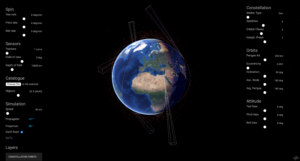
German startup Vyoma said April 28 it has partnered with European IT giant Atos to build a database of tiny space objects that it plans to track with its own satellites from next year.
Inflight call with Samantha and Matthias
Monday, 02 May 2022 12:45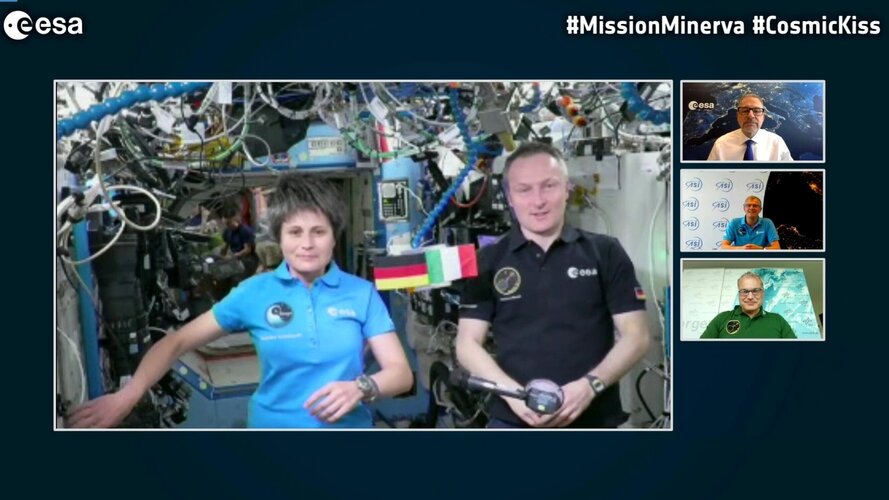 Video:
00:21:27
Video:
00:21:27
ESA astronauts Samantha Cristoforetti and Matthias Maurer, currently on board the International Space Station, discuss their brief handover with Josef Aschbacher, Director General of ESA, Walther Pelzer, Head of the German Space Agency at DLR, and Giorgio Saccoccia, Head of the Italian Space Agency ASI.
Samantha arrived at the Station with Crew-4 on 28 April 2022, marking the start of her second space mission Minerva. Matthias is coming to the end of his almost six-month-long first mission Cosmic Kiss. He is expected to return to Earth in early May aboard Crew Dragon Endurance as a member of Crew-3.
Amid tensions on Earth, the United States claims that 'conflict in space is not inevitable'
Monday, 02 May 2022 12:40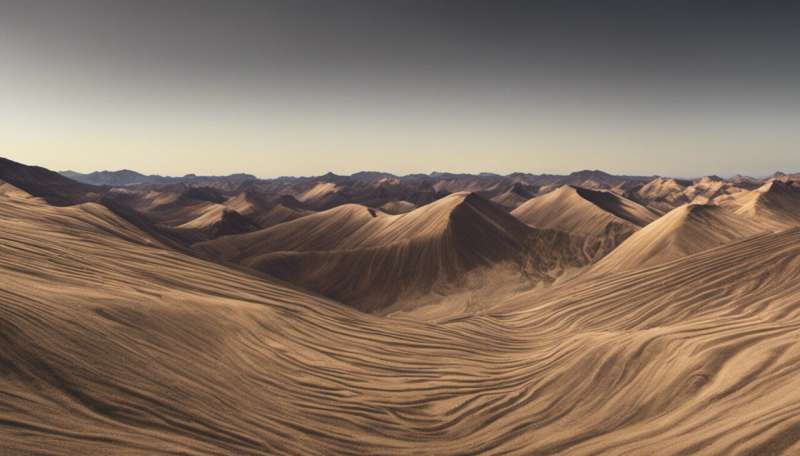
In 1996, Joseph W. Ashy, former U.S. commander-in-chief of the North American Aerospace Defense Command, famously said: "We're going to fight in space. We're going to fight from space and we're going to fight into space."
In less than three decades since then, we've seen the establishment of the U.S. Space Force, anti-satellite weapons testing by major spacefaring nations and the rapid development of weapons that can interfere with, disrupt or destroy space assets.
No wonder there are many concerns about the potential of war in space. But the belief in the inevitability of space becoming the next major battlefield runs the risk of becoming, as space law expert Steven Freeland writes, "a self-fulfilling prophecy if care and restraint is not exercised."
It is therefore refreshing that, on April 18, U.S.
Spacesuit waltz | Cosmic Kiss
Monday, 02 May 2022 12:30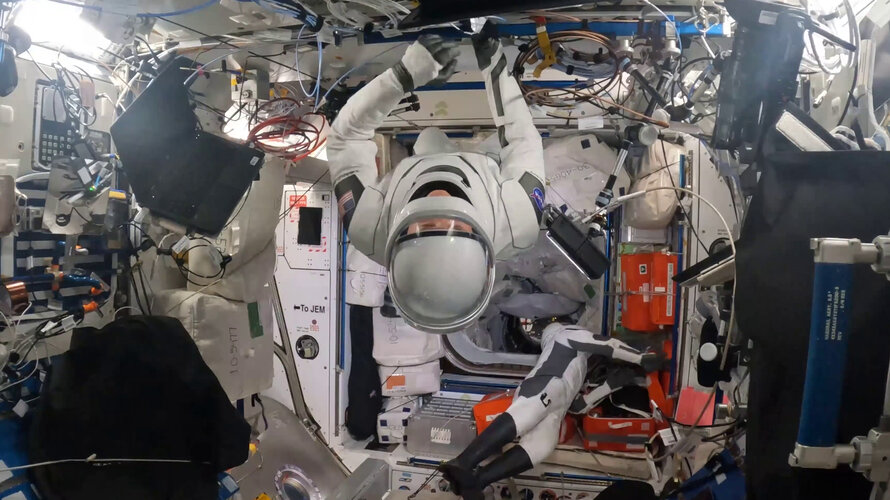 Video:
00:01:27
Video:
00:01:27
Join ESA astronaut Matthias Maurer, and his Crew-3 mates NASA astronauts Kayla Barron, Raja Chari and Thomas Marshburn, as they check out their Crew Dragon launch and entry suits before they return to Earth.
The spacesuits are custom-made for each crew member and protect the astronauts from potential fire and depressurisation in the crew capsule. A single connection point on the thigh, connects the spacesuits to the life support system that supplies the astronauts with oxygen and power, as well as cooling and communication systems.
The suits are equipped with touchscreen-compatible gloves and a flame-resistant outer layer and can
Spacesuit waltz| Cosmic Kiss
Monday, 02 May 2022 12:30 Video:
00:01:27
Video:
00:01:27
Join ESA astronaut Matthias Maurer, and his Crew-3 mates NASA astronauts Kayla Barron, Raja Chari and Thomas Marshburn, as they check out their Crew Dragon launch and entry suits before they return to Earth.
The spacesuits are custom-made for each crew member and protect the astronauts from potential fire and depressurisation in the crew capsule. A single connection point on the thigh, connects the spacesuits to the life support system that supplies the astronauts with oxygen and power, as well as cooling and communication systems.
The suits are equipped with touchscreen-compatible gloves and a flame-resistant outer layer and can
